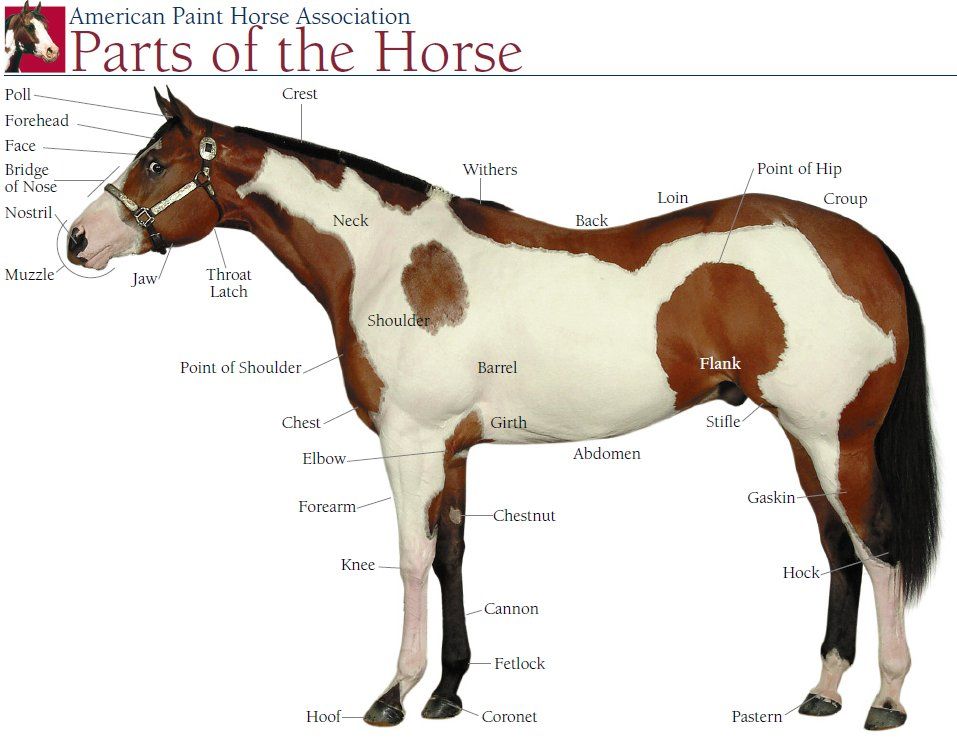“An investment in knowledge pays the best interest” -Benjamin Franklin
How much do you know about your horse? Would you be able to tell if something was wrong? Being well informed and educated is important for responsible and safe horse ownership and management. We must KNOW about horse behaviors so we can tell when something might be wrong. We should be aware of what normal and healthy is like for a horse so we can spot when they are sick or injured. The great thing is, learning about horses is FUN! If you’ve worked or been around in the horse industry for a while, you might be familiar with these interesting facts, but for those of you relatively new to horses, here are some facts I bet you weren’t aware of! Some are fun and others are important. How many do you know?? Come with me and let’s start our education journey!
- Some horses can go from 0-45 mph in 4 strides! Now that’s impressive!
- Speaking of fast, horses are the fastest domesticated animal. They also have the reaction time of a bird…no wonder horses can be so quick!
- An adult horse’s resting heart-rate is approximately 30-40 bpm (beats per minute) and 70-100 bpm for a foal. You can check the heart-rate by placing a stethoscope behind the left elbow near the girth area or placing two flat fingers on the artery that runs under each cheekbone of the face. Having knowledge about a healthy horse’s heart-rate is important. An elevated heart-rate on a resting horse usually means something is wrong.
- Normal temperature for a healthy, adult horse at rest should be 99.5-101.5 *F. It should be 100-101.5 for a foal. Temperature can be taken using a regular human thermometer inserted in the anus under the tail (Sorry about that! But I had to say it for the pursuit of knowledge)
- The respiration rate for a healthy, adult horse is around 12-18 breaths per minute and 24-60 breaths per minute for a foal. You can check respiration rate by standing a little way back and watching diagonally for the rising and falling of the flank.
- The horse has the largest eye of any land mammal.
- Horses have a 350* field of view… that means there’s very little they can’t see. A horse’s blind spots are right in front of their nose and directly behind them.
- Horses produce up to 10 gallons of saliva daily… umm that’s a lot of saliva!
- A horse’s small intestine is 70 feet long!
- Due to a very strong muscle at the junction between the esophagus and stomach, and because food enters the horse’s stomach at an oblique angle- horses are physically unable to belch or vomit. This is one reason why horse’s are prone to colic.
- Racing Thoroughbred horses are tattooed with numbers on the inside of their upper lip.
- A male donkey bred with a horse mare = Mule
- Female donkey bred with a horse stallion = Hinny
- The gestation period for a mare in foal is 11 months.
- The average weight for a horse is approximately 840-1200 pounds, depending on the size of the horse of course! A pony will weigh a lot less than a Clydesdale!
- Horses usually have 205 bones in their skeleton.
- Horses have dichromatic vision: that means they see in 2 wavelengths of light. They only distinguish shades of blue and yellow, that means horses don’t actually see red!
- Horses have 16 muscles that move each ear and they can move their ears in a 180* lateral arc. Not surprisingly, horses have the most mobile ears of all domestic animals.
- And last for now, horses drink 8-12 gallons of water every day. That means it’s important to always provide your horse with plenty of clean, fresh water at all times.
I would like to make a note that when checking a horse’s vital signs (pulse, temperature, and respiration), the base numbers are taken from healthy, adult horses at rest. The numbers will obviously increase when a horse has been exercising or been exposed to extreme weather conditions, stress, ect. If a horse has elevated numbers when at rest, it’s a sign the horse is feeling pain and has something going on that may require medical attention. This is one reason why it’s so important to know what’s normal for your horse!
I hope this inspires you to keep learning and pursing to know more about your horse!
See you around the barn!
-Rebekah Bukowski

